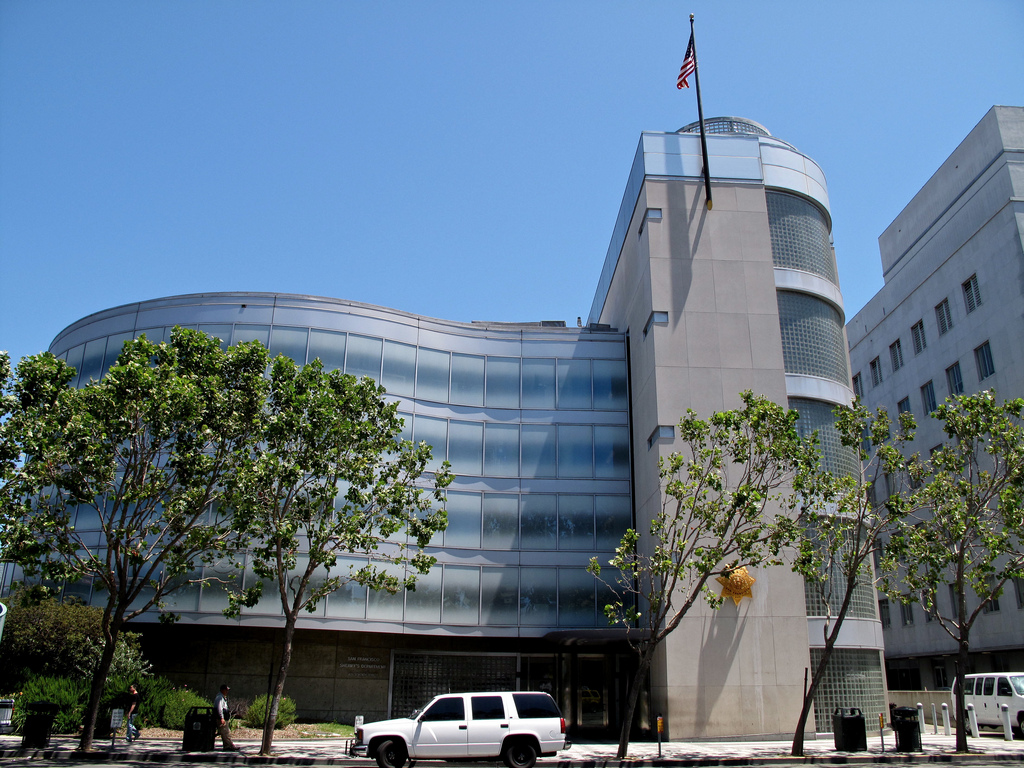At the February 9 Board ofSupervisors Budget Committee, Sheriff Vicki Hennessy proposed to apply for state funding to renovate San Francisco’s County Jail No. 2, located at 425 Seventh St.
The grant would provide the Sheriff’s office with a $70 million state grant on the condition that San Francisco would pitch in an additional $12 million, for a total of $82 million in expenditures.
Budget Committee members Supervisors Katy Tang, Malia Cohen and Norman Yee unanimously voted to pass it forward to the full Board of Supervisors meeting next Tuesday, February 14, with the grant deadline on February 28. If passed, the money is likely to be granted.
Renovations would go towards tightening security and enclosing mezzanines and jail cells as well as providing additional space for programming, remodeling the kitchen and creating eight additional beds that comply with the Americans With Disabilities Act. The Sheriff’s office says that the upgrade in housing will reduce stress by providing inmates with a more personal space. Activists argue that these enclosed spaces have been proven to worsen people’s mental health conditions.
The renovation would also displace 200 inmates during construction. The Sheriff’s office has proposed two options: place them in the vacant jail at the Hall of Justice at a cost of $3 million or rent space outside San Francisco at a cost of $13.5 million for 18 months. The office is pushing for the former, but the conditions of the Hall of Justice are far from livable. The building has been cited for asbestos, lead, rodents and inadequate seismic stability, among other dangerous conditions.
Activists at the hearing, including the San Francisco No New Jail Coalition, Critical Resistance and the Housing Rights Committee, argued that the renovations created a more hostile, isolated environment for inmates, might unnecessarily increase the level of security, and strengthen the county jail system.
County Jail No. 2 was originally intended to be a work-furlough facility, but since the day it was built, it was has been used as a jail. The facility, which was built in the early 1990s and began operating in 1994, was meant to be a correctional program to allow inmates nearing discharge to work during the daytime but return to the facility at night. A website on the Sheriff’s Department history said that the jail houses mainly female inmates and contains an extensive medical facility.
But Mohamed Shehk, a spokesperson from the prison abolition group Critical Resistance, said its main function is still keeping inmates locked up.
“Now, here we are, enshrining it as a maximum security facility,” he told the committee during the public comment period.
In December 2015, the Board of Supervisors unanimously voted to turn down $80 million in state funds to pay for a jail with 384 extra beds. Since then, there has been an eight-month long Work Group to Re-envision the Jail Replacement Project, headed by the Department of Public Health and the Sheriff’s office, which ultimately created recommendations to expand housing and social services while curbing jail expansion.


